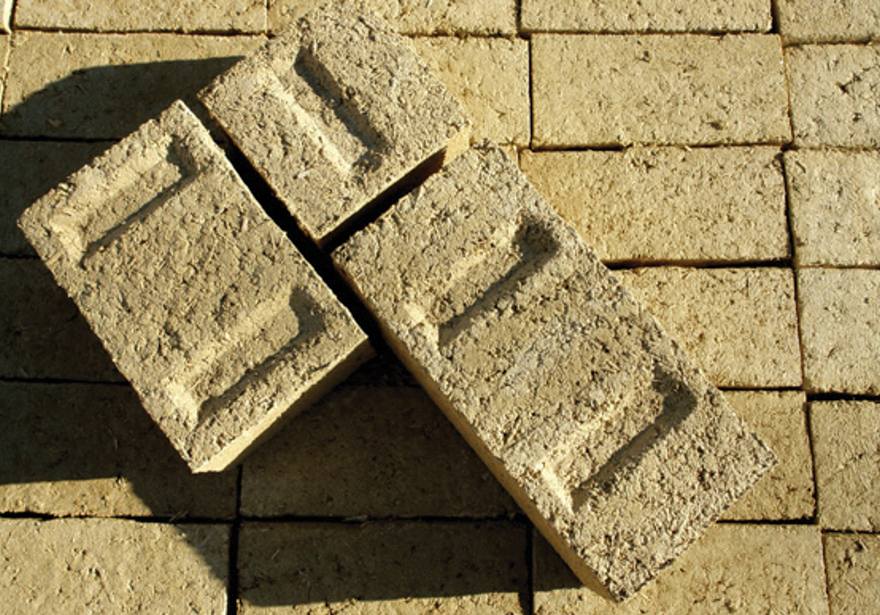
According to the Oxford English Dictionary, the origin of the word “Hemp” is from the Old English word henep, originally hænep, is of Germanic origin; and related to the Dutch hennep and German Hanf. The OED defines hemp as: “The cannabis plant, especially when grown for fibre, or the fibre of the cannabis plant, extracted from the stem and used to make rope, strong fabrics, fibreboard, and paper.” We’ve been using hemp since the dawn of civilization and continue to discover new applications and uses every day. Hemp might be a miracle plant and may just save this planet some day, so please enjoy, in no certain order:
Hempcrete
Hempcrete is a bio-composite made of the inner woody core of the hemp plant mixed with a lime-based binder. The hemp core has a high silica content which allows it to bind well with lime. This property is unique to hemp among all natural fibers. The result is a lightweight cementitious insulating material weighing about a seventh or an eighth of the weight of concrete. Fully cured hempcrete blocks float in a bucket of water.
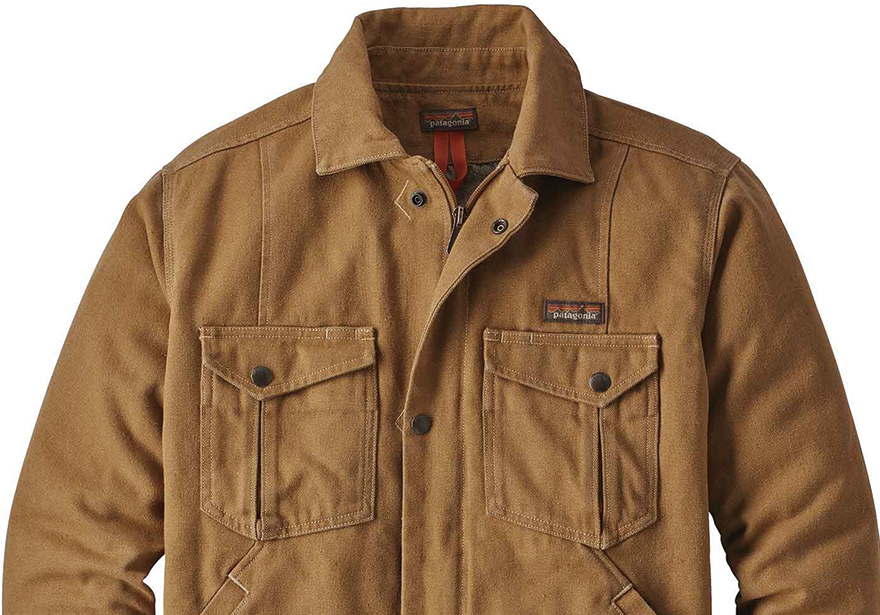
Hemp Clothing
Hemp clothing absorbs and releases perspiration quickly and breathes well, absorbs dye easily and retains color well, holds up to repeated washings and never needs dry cleaning. Hemp clothing is naturally antimicrobial, is resistant to mold and mildew, and Hemp fabric gets softer, the more it’s washed and worn. Hemp is also much kinder to the Earth than conventionally grown cotton.
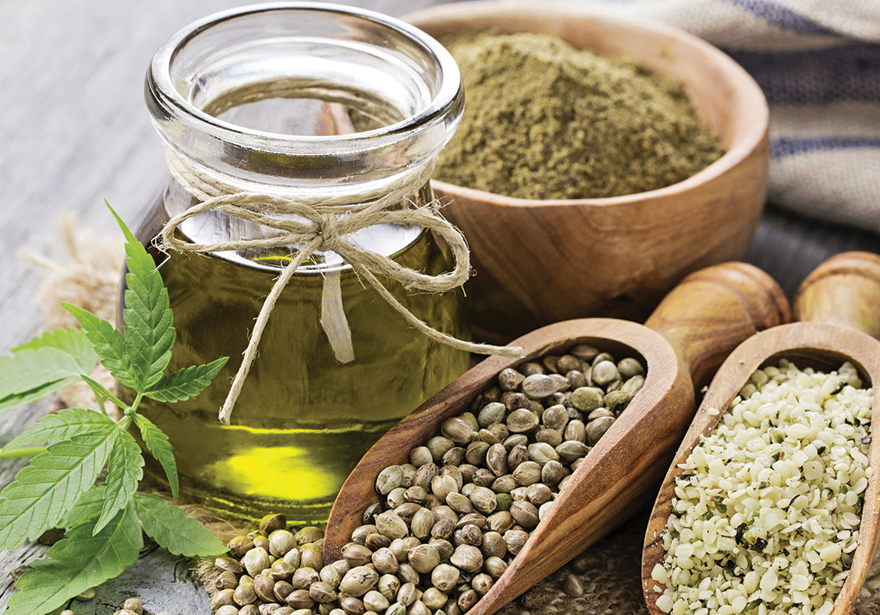
Hemp Seed Foods
The leaves of the hemp plant can be eaten, but the part of the plant best known for nutritional value is the seeds. These small seeds are highly nutritious, containing essential fatty acids, amino acids, and minerals. Hemp seeds also contain complete, high-quality protein and all eight essential amino acids. Hempseed is considered by leading researchers to be one of the most nutritious superfoods known to man.
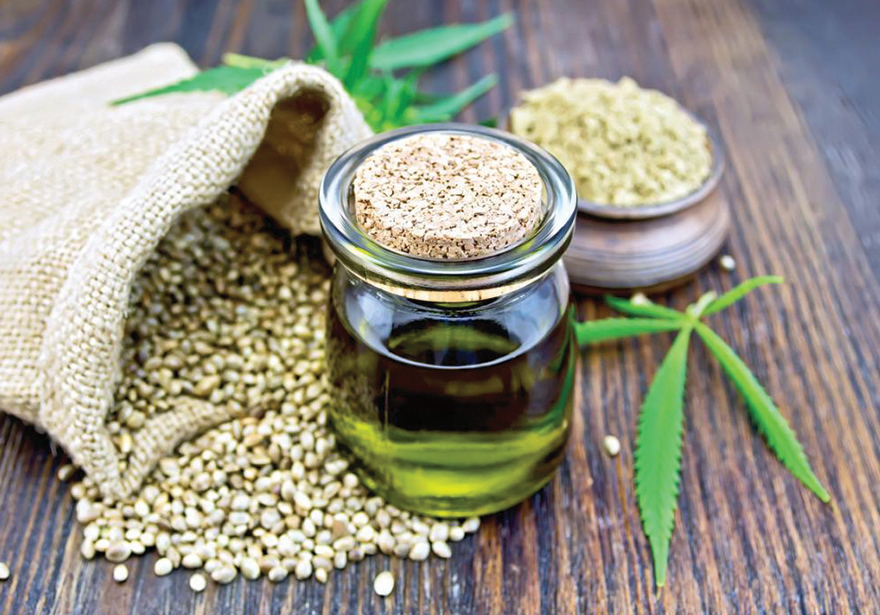
Hemp Seed Oil
Refined hemp seed oil is primarily used in body care products. Industrial hemp seed oil is used in lubricants, paints, inks, fuel, and plastics. Hempseed oil has found some limited use in the production of soaps, shampoos and detergents as well as feedstock for the large-scale production of biodiesel. The oil is of high nutritional value because of its 3:1 ratio of omega-6 to omega-3 essential fatty acids, which matches the balance required by the human body.
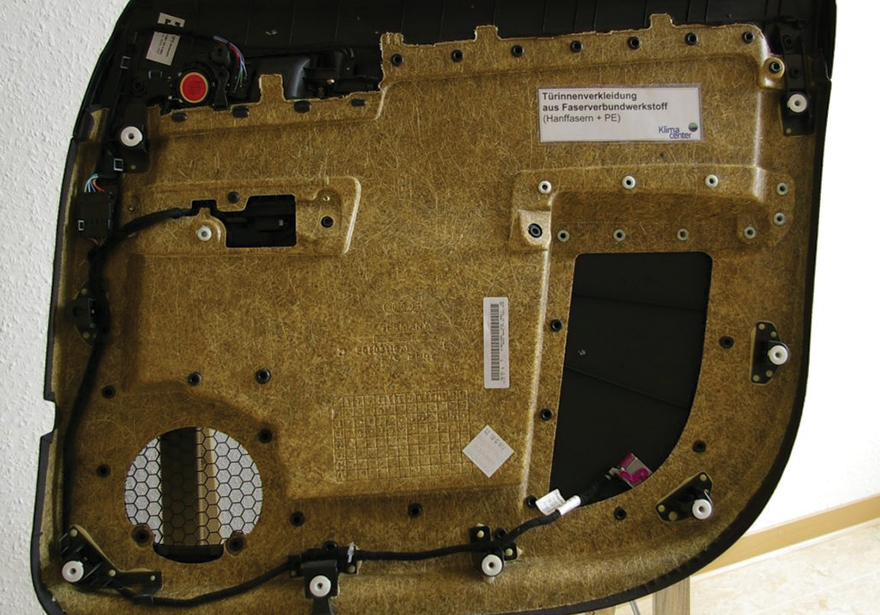
Hemp Fiber Biocomposites
Hemp fiber is used most as reinforcement in composites. The blending materials range from thermoplastics such as polypropylene and polyethylene to thermoset fiber such as polyester. Plant based resins from soy or canola are also used so that a 100% biocomposite is feasible. Applications include automotive interior substrates, furniture and other consumer products. Hemp fiber is also used to produce mineral based composites.

Hemp Paper
Hemp fabric was smashed down into thin sheets to make the world’s first paper. The Gutenberg Bible, Thomas Paine’s pamphlets, and the novels of Mark Twain were all printed on hemp paper. Both the U.S. Constitution and the Declaration of Independence were drafted on hemp. Hemp makes paper stronger and lasts centuries longer than wood paper, which could be very valuable for people who want to keep records aside from on computers.
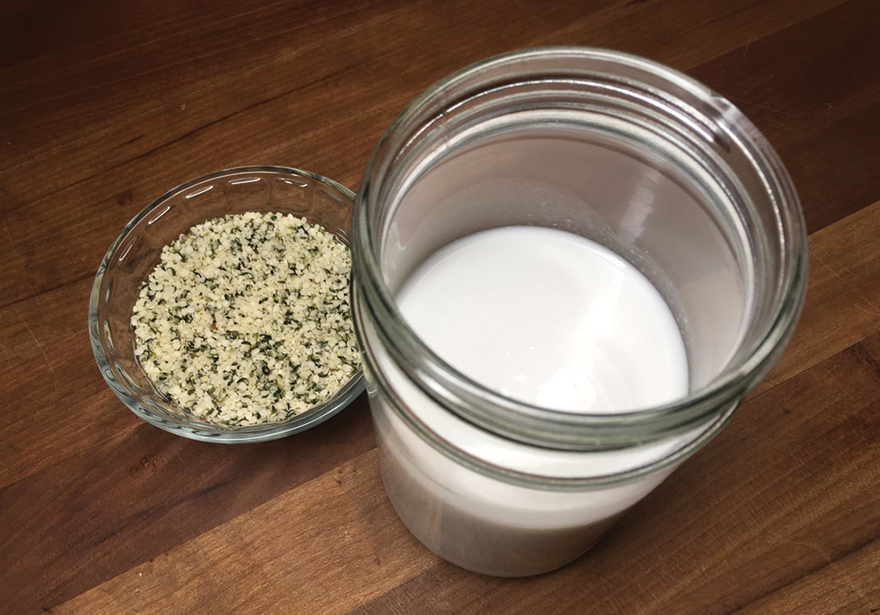
Hemp Milk
Hemp milk, or hemp seed milk, is a plant milk made from hemp seeds that are soaked and ground in water, yielding a beany-nutty cream-flavored substance. There are various options available for sale including organic, non-GMO, and conventional: unsweetened, original, vanilla, and chocolate flavored. The essential fatty acids, vitamins & nutrients that are contained in organic hemp milk provide a wide variety of health benefits.

Hemp Bio-Fuel
Hemp can provide two types of fuel, Hemp biodiesel – made from the oil of the pressed hemp seed, and Hemp ethanol/methanol – made from the fermented stalk. Ethanol is made from such things as grains, sugars, starches, waste paper and forest products, and methanol is made from woody/pulp matter. Using processes such as gasification, acid hydrolysis and enzymes, hemp can be used to make both ethanol and methanol.
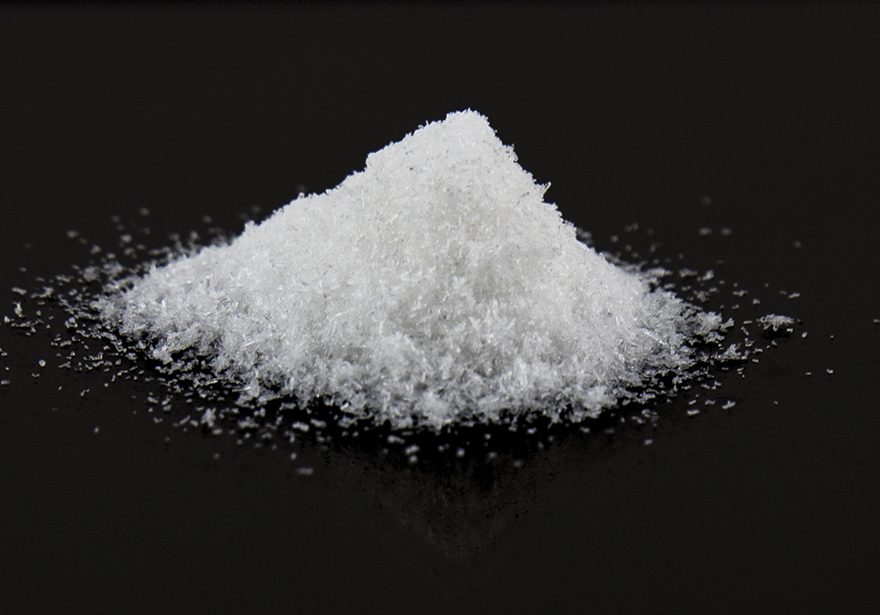
Hemp CBD Isolate
Hemp CBD Isolate is cannabidiol in its purest form possible. In the crystalline form, CBD isolate crystals are a fine white powder that only contains the Cannabidiol chemical compound. CBD isolate powder and CBD isolate crystals are the purest, most powerful CBD available. The CBD isolate extraction process produces a botanical concentrate that includes the cannabinoids and fatty acids found naturally in hemp plants.
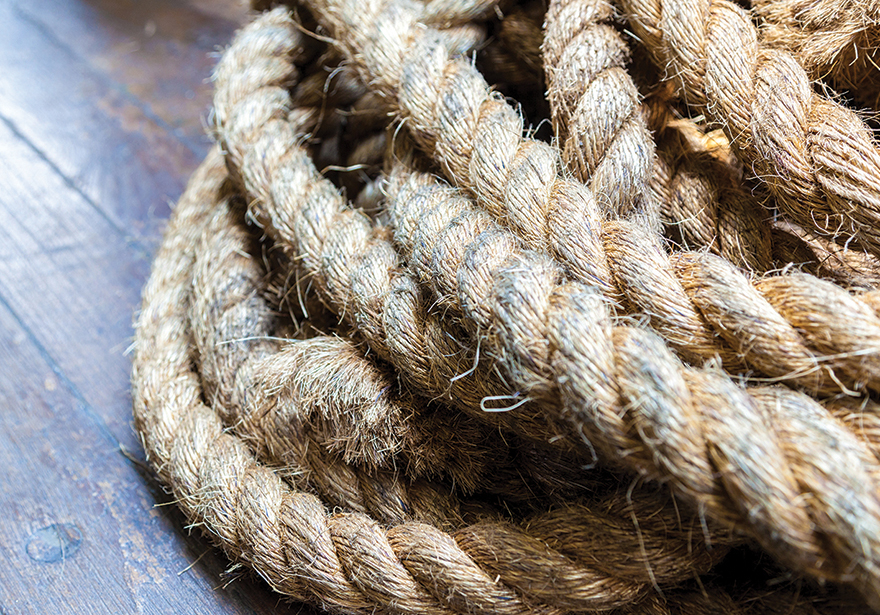
Hemp Rope
Hemp rope was used in China as far back as 2,800 B.C. Historically, hemp ropes were used for climbing, shipping, fishing, horsemanship and construction. Hemp fibers make good ropes because they are strong, durable, resistant to mold and ultraviolet light. The manufacture of hemp ropes is more environmentally friendly than the manufacture of synthetic ropes. Because hemp rope is made from natural fibers, it is completely biodegradable.
Fun fact: The United States Navy still uses hemp rope today. It is superior in its strength and durability to any other material. Historically, sails also were made from cannabis hemp. During World War II, it was mandated by the United States Government for farmers to grow hemp so they could use it for rope for the war. There is a 1942 short film titled, “Hemp for Victory,” that documents this, which was originally discovered by Jack Herer.
No comments:
Post a Comment